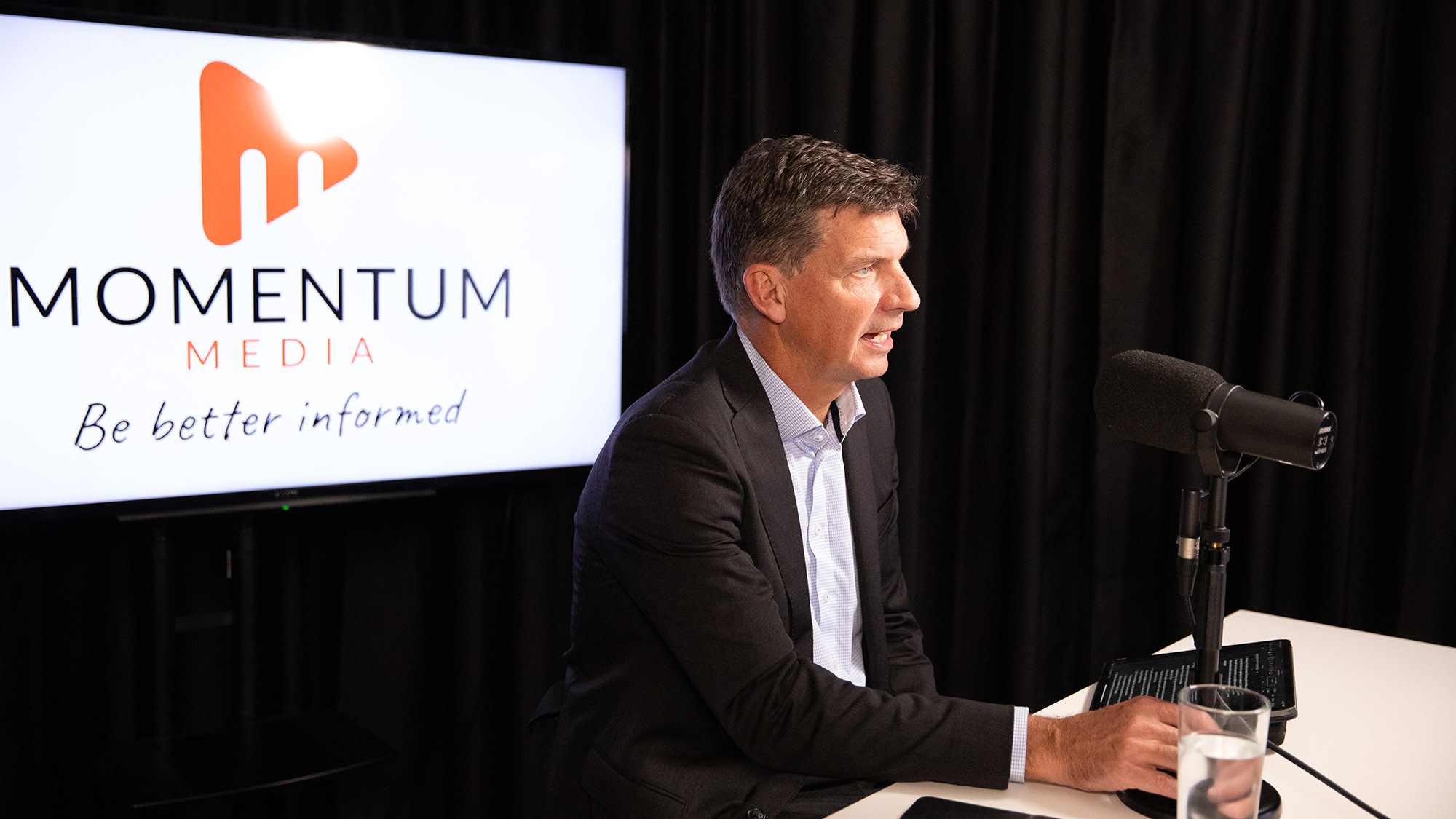Multi-asset, multi-possibilities


Portfolio construction for planners and investors is always a challenge, which is why multi-asset funds have become an attractive option to address allocation and diversification needs.
Multi-asset funds invest in a broad universe of asset classes, offering a significantly greater degree of diversification within a single fund, as opposed to only focusing on equities or bonds.
It’s not exactly a unique niche for investors – it’s a common strategy used by superannuation fund managers – but it can be applied outside of that for similar outcomes.
Those outcomes include investing for maximum growth during the accumulation phase or for capital preservation, as well as aiming for a certain sweet spot within that spectrum, or objective-based funds that focused solely on a specific return.
However, the COVID-19 pandemic has shaken up everything and that has meant both bonds and equities have taken a hit, which has affected the prospects for multi-asset funds.
Investing in a multi-asset strategy would not be a miracle cure to avoid the economic impacts of the COVID-19 pandemic, but it has offered advantages regardless of whether the focus is on the accumulation or preservation stages.
Al Clark, MLC Asset Management head of investments, said the benefits of multi-asset investing in this environment were profound.
“In the sense that there’s a lot of uncertainty at the moment and you don’t know what’s going to happen,” Clark said. “Spreading your bets makes a lot of sense, it’s making sure that you have exposure to a range of different risk premium.”
Clark said it was important to consider the nature of the multi-asset fund as investors often thought of it as a being a niche way of doing asset allocation.
“You want to be careful that you’re absolutely sure the type of fund you’re investing in is appropriate for the investment outcomes that you want,” Clark said.
“Multi-asset can fulfil the whole gamut of potential outcomes; we’re just used to looking at multi-asset in a narrower lens.”
The first thing to consider is whether it is the right product as you can either select accumulation funds or risk-aware funds.
“They’re both multi-asset, but the difference is the accumulation funds are run specifically with a really long-term objective in mind,” Clark said.
“The [risk-aware] funds are run specifically to control risk, and to try and make sure we do a better job with compounding the returns we get and control the downside.”
Nick Schoenmaker, Aberdeen Standard Investments senior investment specialist, said multi-asset strategies were good for protecting capital in an environment where all forms of risk-taking were being punished.
“Spreading investment risk across many different markets and being able to have the flexibility to adjust your portfolio based on a continuous assessment of markets can help preserve capital,” Schoenmaker said.
“Through the first quarter, all forms of risk-taking were punished whether that was corporate bonds, equities… really any asset class.”
Multi-asset funds that planned around strategic asset allocations essentially ignore market cycles as they focus on long-term horizons.
“That only suits investors in the accumulation phase who have time to withstand market fluctuations,” Schoenmaker said.
“The average balanced fund tends to be about 75% correlated with the equity market, therefore you’re very reliant on the performance of two groups of equities [Australian and global].”
Simon Doyle, Schroders head of fixed income and multi-asset, said it was important to ask what sort of role the multi-asset manager should apply.
“It depends on the type of investor, the perspective of the client and what were they looking to achieve in their portfolio,” Doyle said.
“It’s quite an important question because multi-asset strategies are very broad and range from high growth with return characteristics similar to equity markets with a bit less volatility, to more objective-based strategies that will be targeting particular outcomes, through to conservative/defensive strategies.
“What you’re trying to achieve will depend on what manager you choose or what strategy you choose.”
Doyle said over the last decade multi-asset strategies had evolved significantly and shifted away from the typical balanced 60/40-type model to a whole spectrum of different outcomes.
“For example, if you’re an individual investor who wants to build your return, has low tolerance to drawdowns etc., then you might go with an objective-based strategy where it’s targeting a specific rate of return and it’s managing volatility and drawdown risk,” Doyle said.
“If you’re a younger investor with a very long-term investment horizon, you might choose a more balanced portfolio which is going to be more equity-centric and have its return profile driven off the equity cycle.”
COVID-19
Doyle said the COVID-19 pandemic was an argument for having multi-asset strategies as part of a portfolio.
“Firstly, because multi-asset portfolios generally performed relatively well through that crisis as they typically have a relatively disciplined investment process and they can help insulate the investor from the downside, but also help position to take advantage of the upside,” Doyle said.
“One of the other advantages that multi-asset strategies had through the COVID-19 crisis was liquidity and most multi-asset strategies, certainly ours, holds generally pretty liquid assets.”
Doyle said multi-asset funds lacked the same degree of volatility as equity markets and had more liquidity than many of the private market investments commonly held in portfolios.
“The general principle is that a good multi-asset strategy should be fit for purpose through the [economic] cycle and able to manage all sorts of environments, whether it’s a
COVID shock, an inflation shock or some other issue,” Doyle said.
“The benefit of multi-asset portfolios is they have different levers that can be pulled to help manage through and take advantage of different types of environments.”
Clark said because of the COVID-19 pandemic, the range of potential outcomes within the multi-asset space had broadened out.
“There’s a lot of things going on where the range of outcomes could be deflation or inflation… you might see growth in certain areas and none in other areas,” Clark said.
“There will be changes in behaviours as the virus accelerated some trends and created some new issues.”
ASSET CLASSES
Thomas Poullaouec, T. Rowe Price head of multi-asset solutions APAC, said not only was the recovery uneven for equities, the credit sector also suffered the same uneven recovery with different parts being affected in different ways.
“We have seen some industries were at the mercy of facing existential risks: i.e. airlines, cruise lines, some energy companies,” Poullaouec said.
“Then there is a second group that has been able to raise capital and work on improving their balance sheet to make a bridge to the other side of this crisis, I’d put the automakers and home builders in that category.
“Within high yield, you have the beneficiaries of change: supermarkets, some healthcare companies, some media companies – these tend to have a low credit rating but they are beneficiaries from the crisis.”
Clark said the outcomes with different asset classes had been broad with real estate investments trusts (REITs) being one of the best examples – industrials REITs performed well, but retail struggled.
“People are willing to pay extremely high price-to-earnings for what they see as observable growth… you’ve seen it in the information technology and healthcare sectors,” Clark said.
“Anything where it’s seen as a cyclical cashflow where it may come and go, so financials, some industrials and materials, and to a degree energy – those have done poorly.
“But there’s this conclusion that the environment we’re in that has been exacerbated by the virus, will continue for a very long period of time and that’s generally not the case as you generally see things change.”
Doyle said equity markets, particularly the US equity market, had recovered quite strongly from the COVID-19 lows.
“That’s partly because of the response of policymakers, but there’s a few companies in the US equity market that have done quite well like the FAANG stocks,” Doyle said.
“Countries and economies have shut down and people have utilised technology to work through it.
“Certain assets have really struggled because of the nature of the growth shock that’s come from COVID-19.”
ETFs
Superannuation and managed funds were not the only way to invest to gain the advantages of multi-asset allocation as exchange traded funds (ETFs) also provided the opportunity.
Alex Vynokur, founder and chief executive of BetaShares, said ETFs served as an effective, low cost and diversified way of building an investment portfolio.
“For the adviser market in particular, advisers are able to assist their clients by using those diversified ETFs as a core of a portfolio and then be able to add a number of satellite exposures,” Vynokur said.
“For some of the smaller balance clients, for example younger clients, those diversified ETFs can actually comprise the entire investment portfolio for that particular client.
“The benefits of those ETFs are that they are very highly diversified, they have an allocation to equities and fixed income.”
ETFs could be the easiest way to get into multi-asset investing, other than with your superannuation fund, as they have the added advantage of liquidity.
“In one trade you can get exposure to over 10,000 securities in one ETF, as easily as buying a share on the ASX [Australian Securities Exchange],” Vynokur said.
“What we’ve seen is some advisers using that for younger clients, all the rebalances take place inside the portfolio which follow a long-term strategic allocation approach.
“For the more sophisticated, larger balance clients, we have seen advisers use that as a foundation as a core allocation then build exposures around that.
“For example, that might include a tilt towards ethical investing, technology or even income as some clients may need an income stream – it’s a really handy way of building a portfolio.”
Recommended for you
Asset managers have shared how it may be time for advisers to switch clients out of cash and term deposits and back into bonds.
After years of low rates, three younger fixed income specialists have shared how they navigated “one of the toughest environments for investment decision-making” in the form of their first interest rate hiking cycle.
The global nature and geopolitical threats involved in investing in emerging markets can mean the job of an emerging market manager entails additional challenges than its developed markets counterpart.
Australian financial advice firms are increasingly looking towards outsourcing as a tool to optimise their business, two industry professionals share, freeing advisers to focus more on client-facing duties.














